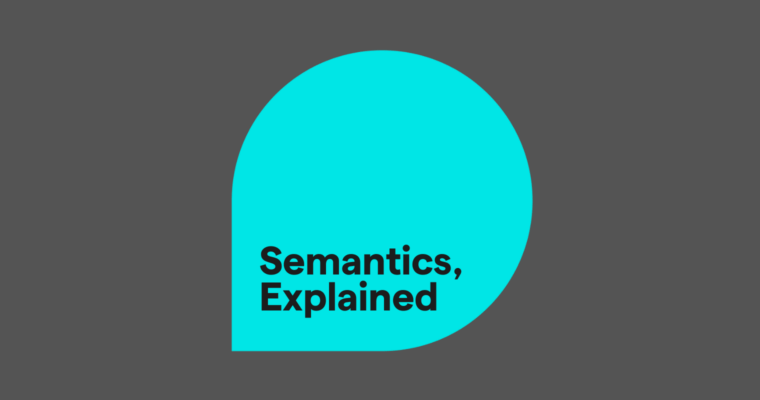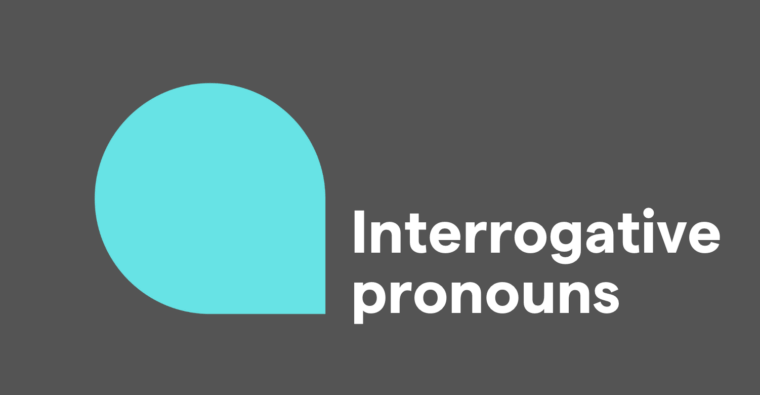
You know those partial words like re- or –ed that are added to longer words? Those are affixes, or affix in the singular. Even though they’re small, affixes can change a word’s meaning in a big way—they even take words you recognize and make them unrecognizable!
In this guide, we explain the rules for all kinds of affixes: prefixes, suffixes, etc. We’ll talk about the different kinds of affixes, how they’re used, and how you can identify them. But first, let’s take a closer look at the definition of affixes.
What are affixes (prefixes, suffixes, etc.)?
Affixes are small word particles, usually only a few letters, added to a root word to change its meaning or grammatical properties. Most affixes are one or two syllables, and some like –s and -es are just sounds.
Often, affixes modify a word’s definition. For instance, adding the affix re– before read creates reread, which means “read again.” They can also be used in grammar, such as adding –ed at the end of a verb to create the simple past tense, or adding an –s to the end of a noun to make it plural.
In morphology, affixes are a type of morpheme, a part of a word with its own meaning. For example, the word disappearance has three morphemes: the root word appear and the two affixes dis– and –ance.
The root word appear means to “become seen,” but the affix dis– negates the meaning of the word it’s attached to, so disappear means “become hidden.” The affix –ance turns verbs into nouns, so the final meaning of disappearance becomes “the act of becoming hidden.”
Affixes are bound morphemes, which means they cannot be used alone and must be attached to a root word. If you used -ance on its own without a root word, it would be incorrect and make no sense.
Keep in mind that certain affixes only work with certain root words—you can’t add any affix to any word. For example, only the affix un– goes with the word sure; you can say unsure, but you can’t say desure or exsure.
Why do we use affixes?
Affixes have two main purposes: grammar and simplifying communication.
First, affixes are used in English grammar: they make a word singular or plural, create new verb tenses, and change the word class of a word. For example, you can add an –s or –es to the end of most nouns to make them plural.
one dog
two dogs
You can also add -s or –es to the end of most verbs to make them singular for subject-verb agreement.
one dog runs
two dogs run
Second, affixes are used to make communication faster and more efficient. Instead of saying “He does not depend on anyone,” you can simply add the affixes in– and –ent to the root word depend and make the word independent. Saying “He is independent” is much faster and clearer than “He does not depend on anyone.”
What are the four types of affixes?
1 Prefixes
Prefixes are affixes that come at the beginning of a word, before a root word. Sometimes they are added to a word to change its meaning, such as legal and illegal. Other times, they combine with other affixes to create new words, such as adding the prefix bio– to the affix –ology to create biology.
Unlike other affixes, prefixes sometimes use a hyphen. Specifically, the prefixes all-, self-, and ex– (when used to mean “former”) always use hyphens.
self-aware
ex-boyfriend
You can see a list of common prefixes, as well as a complete list of rules for hyphenating prefixes, in our separate guide to prefixes.
2 Suffixes
Suffixes are affixes that come at the end of a word, after the root word. Unlike prefixes, which mostly change a word’s meaning, suffixes are mainly used for grammar purposes:
- verb conjugation (work -> worked)
- plurality (fox -> foxes)
- possession (Juliana -> Juliana’s)
- reflexive pronouns (them -> themselves)
- comparatives and superlatives (fast -> faster, fastest)
- changing word class (swim -> swimmer)
You can see a list of common suffixes in our separate guide to suffixes.
3 Infixes
Infixes are a special type of affix that comes in the middle of a word. However, the English language doesn’t use infixes. Infixes are more common in other languages, including Greek, Austronesian languages like Tagalog, and Indigenous American languages like Choctaw.
4 Circumfixes
Circumfixes are pairs of prefixes and suffixes always used together. Circumfixes in English are very rare, but the circumfix of en– and –en is seen in the common word enlighten, and the circumfix of em– and –en is seen in embolden.
How do you identify affixes?
Knowing how to identify affixes can help you learn and understand new words, even if it’s your first time seeing them. When you’re familiar with an affix’s meaning, you can guess a new word’s definition, as long as you understand the root word.
For example, if you know the word cute then you can probably guess what the word cuteness means. The suffix –ness is used to change adjectives into nouns, so it’s easy to see that cuteness is just the noun form of the adjective cute.
The best way to identify affixes is to familiarize yourself with common prefixes and suffixes. When you learn to recognize the most used affixes, you’ll be able to guess the meaning of any word that uses them.
Affixes FAQs
What are affixes (prefixes, suffixes, etc.)?
Affixes are small word particles, usually only a few letters, added to a root word to change its meaning or grammatical properties. Most affixes are one or two syllables, and some like –s and -es are just sounds.
What are the four types of affixes?
The four types of affixes are prefixes, suffixes, infixes, and circumfixes. Prefixes come at the beginning of a word, and suffixes come at the end of a word. Infixes come in the middle of a word, and circumfixes are pairs of prefixes and suffixes that always come together; however, in English, we don’t use infixes, and circumfixes are extremely rare.
How do you identify affixes?
Knowing how to identify affixes can help you guess the meanings of words you’ve never seen before. The best way to identify affixes is to familiarize yourself with the most common ones so you can recognize them and their meanings while reading.





